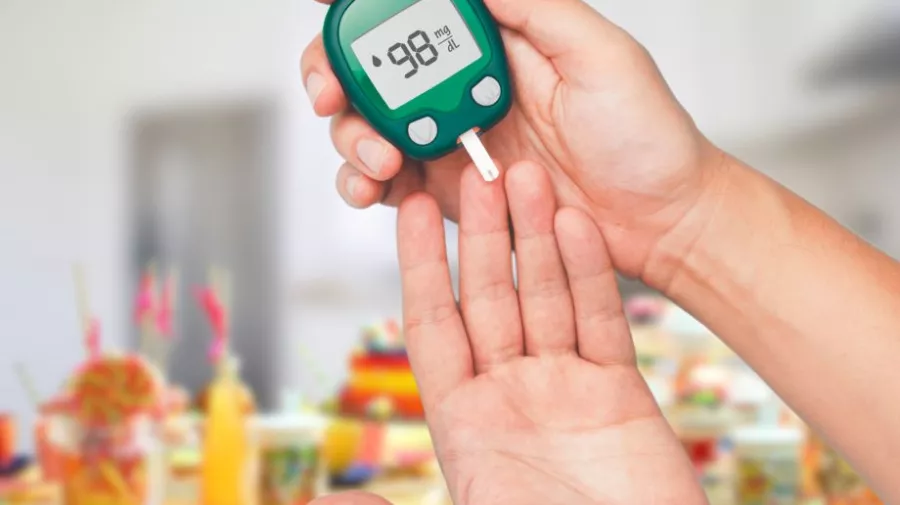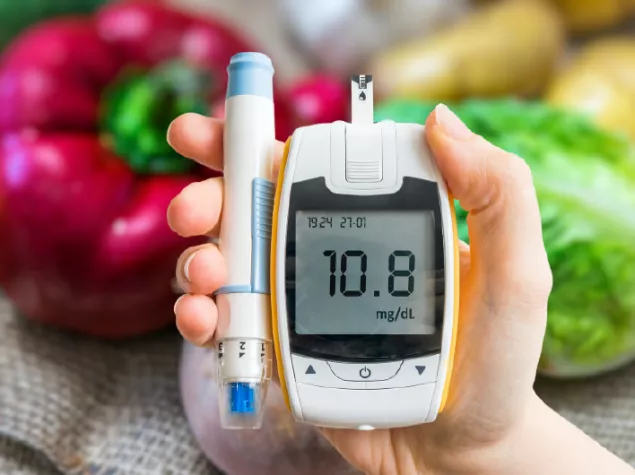Factors which may play a role in acne
The following factors have been suggested to play a role in acne (17):
- Genetics
- Hormones
- The skin and gut microbiome
- Stress
- Air pollutants
- Aggressive facial products
- Certain medications
- Diet & lifestyle
Can certain carbohydrates in the diet cause acne?
The link between nutrition and acne has been extensively deliberated for many years and it is still unclear what influence diet may have on acne occurrence. The evidence for a link between diet and acne mainly comes from observational studies where causation (that one thing causes another to happen) is hard to establish. Though widely debated, evidence linking high-glycaemic-index (GI) diets and acne is starting to appear. Limited observational and clinical studies have noted associations or improvements in acne symptoms when individuals consume a low-GI or low glycaemic load (GL) diet (15,18). However, evidence is conflicting and mainly of low quality (19-21).
GI represents how quickly a food affects blood glucose levels when that food is eaten on its own. Carbohydrate foods that are broken down quickly by the body, and that cause a faster increase in blood glucose, have a high GI rating. For example, foods such as white bread, boiled potatoes and white rice have a high GI, while lower GI foods include wholegrain foods, most fruits and vegetables, beans, and lentils. Sugar itself has a medium GI. GL is a measure that considers the amount of carbohydrate in a portion of food together with how quickly it raises blood glucose levels (GI). As previously mentioned, blood glucose levels are tightly regulated and the small, short-lived peaks in blood glucose that follow eating carbohydrate-rich foods are part of a normal physiological process (22). Lower GI/GL diets are hypothesised to beneficially affect some of the hormones thought to play a role in the development of acne, although further research to fully understand potential mechanisms is needed (15). Nevertheless, for a healthy, balanced diet, it is important not to only focus on GI/GL, as not all low-GI/GL foods are healthy choices (some low-GI/GL foods, such as high-fat desserts or snacks, are high in saturated fat but low in vitamins and minerals (23). Carbohydrates alone (including sugars) should not be considered in isolation—overall dietary patterns are likely to matter more.
Therefore, current dietary guidelines do not universally recommend low-GI/GL diets but rather focus on balanced eating patterns with an emphasis on whole grains, lean protein, oily fish, fruits and vegetables.












